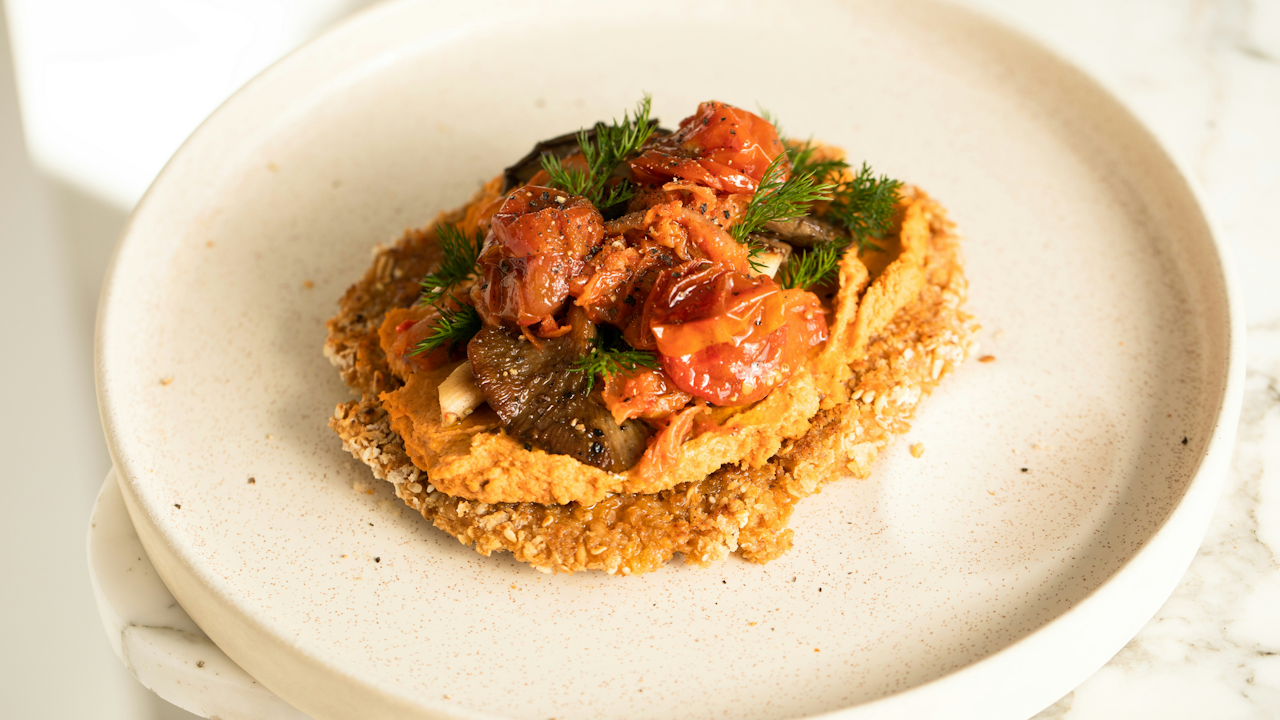In the age of social media, food isn’t just about taste anymore. A food dish can gain global recognition within hours, not because of its flavor alone, but due to its visual appeal, originality, and the story behind it. So, what exactly causes a food dish to go viral? It’s a combination of sensory triggers, cultural timing, technology, and human psychology.
Visual Impact
The first and perhaps most critical element in a viral food dish is its visual presentation. People eat with their eyes before they ever take a bite. Social media platforms like Instagram, TikTok, and YouTube prioritize visually striking content. Dishes with bright colors, unique shapes, or dramatic textures are more likely to catch attention. Think of the rainbow bagel, the cloud-like Japanese souffle pancakes, or the molten chocolate lava cake. These dishes are often consumed less for their taste and more for the moment they create when recorded or photographed.
Food stylists and chefs alike have learned that incorporating visual “hooks” elements that surprise or fascinate the viewer increases the chances of virality. That could be cheese pulls, gooey chocolate centers, layers revealed in a cross-section, or unexpected color combinations. In other words, if the dish looks “cool” or “cute” in a 10-second video clip, it’s already halfway to being a hit.
Simplicity and Accessibility
Another key factor is how accessible and replicable a dish is. A food item that looks amazing but requires hard-to-find ingredients or complicated techniques is less likely to go viral among the general public. TikTok’s feta pasta is a great example. It looked appealing, but more importantly, it was easy enough for anyone with a grocery store nearby to try at home. The success of that dish rested on the average person’s ability to replicate it, then share their own experience with others.
Home cooks and amateur food influencers want to be part of the trend, not just spectators. If a recipe can be summarized in a short caption or demonstrated in a 30-second video, it stands a much better chance of going viral. That simplicity reduces the barrier to participation, which fuels the cycle of content creation and sharing.
Uniqueness and Novelty
Humans are naturally drawn to new experiences. Food that breaks norms or challenges expectations grabs attention fast. This could be a bizarre food pairing, an unusual cultural fusion, or an experimental presentation. For example, when people saw sushi donuts or spaghetti tacos, they were intrigued because those concepts were unfamiliar and slightly absurd.
Novelty drives curiosity, and curiosity drives clicks and shares. Even if someone has no intention of eating a charcoal ice cream cone or a burger served on a gold leaf bun, they might still share it because it’s unusual. That curiosity factor gives a viral dish a longer shelf life online, as people continue to talk about it and tag others.
Timing and Cultural Relevance
A dish is more likely to go viral if it connects to a broader cultural moment. Whether it taps into a seasonal theme (like pumpkin spice in fall), a pop culture event (such as a Barbie-pink latte during a movie release), or a meme trend, relevance matters. Food that can ride the wave of a current trend benefits from the built-in attention that trend is already receiving.
Timing also plays a role in seasonal trends. Heart-shaped pizzas around Valentine’s Day or rainbow-colored desserts during Pride Month are perfect examples. These dishes get a boost from social movements or holidays, making them more likely to be shared, especially when tied to a meaningful or emotional message.
Influencer and Media Power
The speed and scale at which a dish goes viral often depend on who shares it first. Influencers, chefs, or celebrities with large followings can set off the chain reaction. When someone with significant clout posts about a food item, it gets a signal boost that can launch it into the mainstream. This kind of endorsement acts as social proof, making followers more likely to engage, try the dish themselves, and spread the word.
Traditional media can amplify this effect even more. Once a dish crosses from social media into news outlets, cooking blogs, or daytime television, its viral potential multiplies. The media coverage validates the trend and reaches audiences who might not be active on platforms like TikTok or Instagram.
Emotional and Nostalgic Appeal
Finally, emotional resonance plays a role. Dishes that evoke childhood memories, cultural pride, or feelings of comfort can go viral because they connect with people on a deeper level. Take, for instance, Dalgona coffee, which went viral during the COVID-19 lockdowns. Its simplicity, combined with the calming effect of whisking, made it a form of therapy for many. People shared it not just because it looked pretty, but because making it made them feel good.
Nostalgia is a powerful driver. A dish inspired by childhood snacks, school lunches, or a parent’s home cooking can tug at the heartstrings and gain traction as people share their own memories alongside the dish.
Virality in the food world is no longer about taste alone. A viral dish captures the senses, emotions, and imagination of the audience. It is visually stunning, easy to recreate, culturally relevant, and often carries a story. The perfect recipe for virality blends novelty with familiarity, making it both shareable and relatable. In the end, the dish that breaks the internet isn’t just a plate of food it’s an experience.

